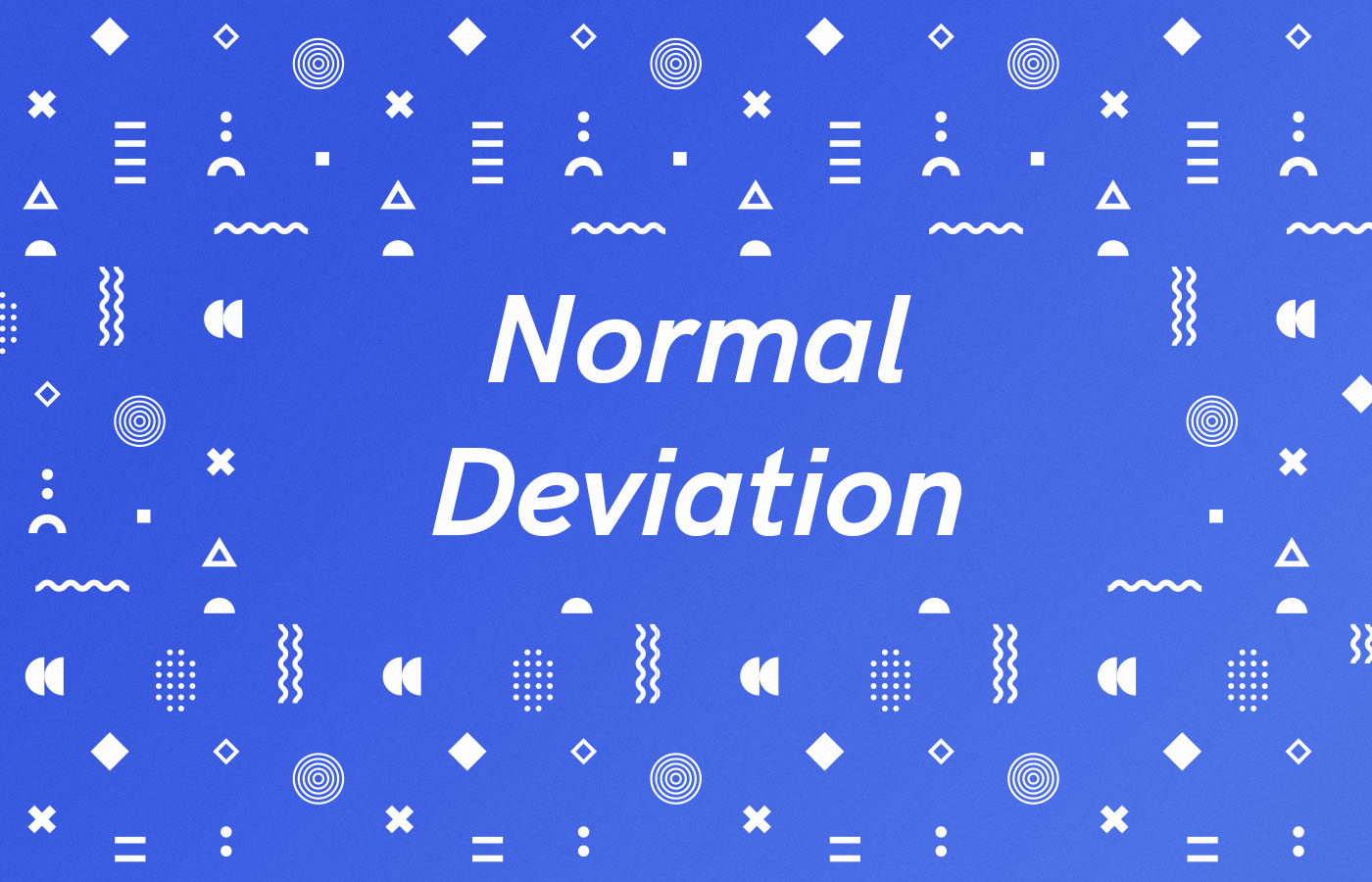Normal Deviation
Statistics 101

What is it?
A normal distribution is a graph that displays the frequency distribution of various observations of a continuous variable as a symmetrical bell-shaped curve.What does it do?
A normal distribution (or bell curve) is a specific graphical representation of the distribution of relative frequencies of a continuous variable within a data set. The x-axis of the graph represents how far away from the mean (defined in standard deviations) a certain observation is. The y-axis of the graph represents the probability of said data point or observation occurring, which is related to the frequency. The highest point on the normal distribution curvature is the most frequent event. The most frequent event is also the mean of the distribution. The normal distribution is symmetric around the mean. This creates two downward sloping lines on each side of the peak, making it bell-shaped. If data is normally distributed, it tells us that the observations resemble an expected pattern of frequency around the mean.Useful to know
When a dataset is normally distributed, we can assess which percentage of the population will fall within a certain value interval. For example, approximately 68% of all observations will fall in the area between the mean minus 1 standard deviation and the mean plus 1 standard deviation.
April 27, 2021